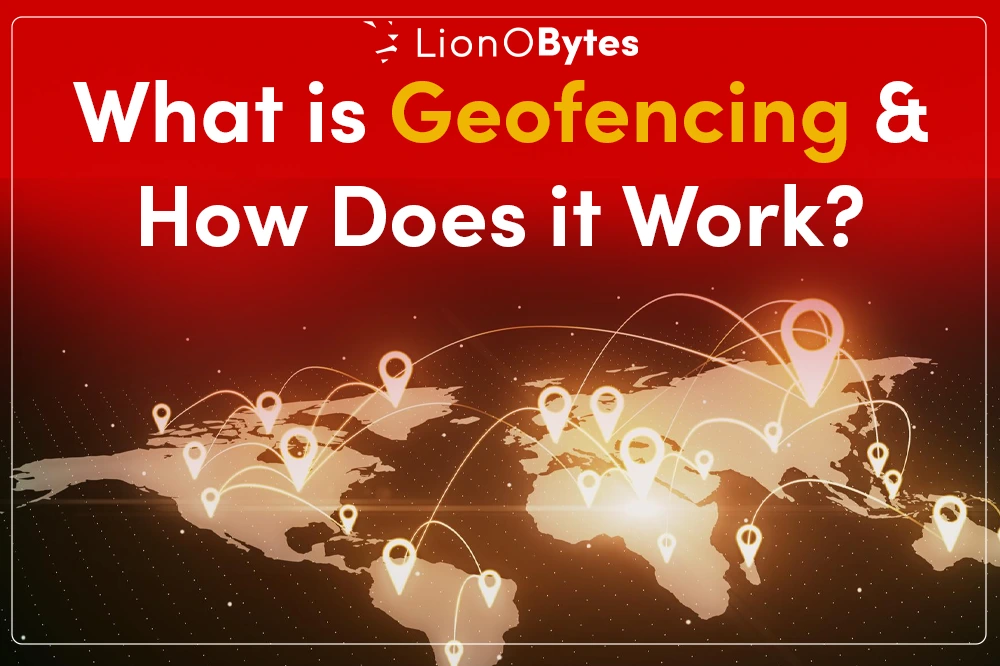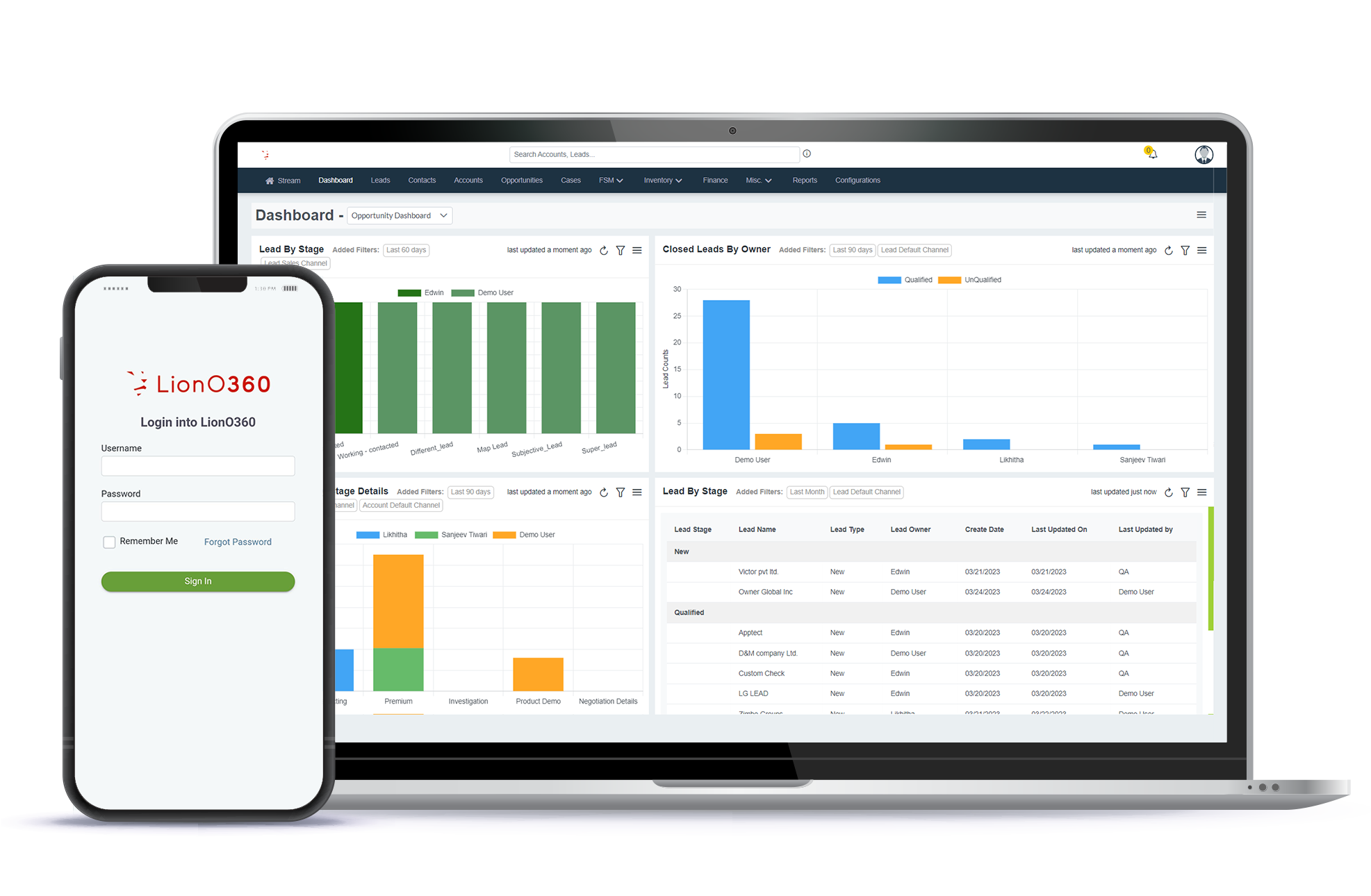
Field service management plans, coordinates, and monitors outdoor activities, technician management, service requests, and scheduling appointments or the timeline of a customer's service.
Traditionally, organizations have used manual tracking and scheduling techniques to manage their field workforce. However, in today's digital environment, organizations can utilize more sophisticated resources to streamline their processes and ensure that technicians complete the required tasks.
What is Geofencing?
92% of smartphones support geofencing, enabling field employees to log in easily from specified locations.
One of the most valuable technologies in this space is geofencing. In simple terms, geofencing utilizes location-based services to establish virtual boundaries around specific geographic areas. These boundaries trigger actions or alerts when a device enters or leaves them. When applied to field service management, geofencing enables companies to track technician movements, optimize routes, enhance accountability, and deliver improved customer service.
This blog is a complete guide to geofencing and its applicability in field service management software.
The Benefits: Geofencing in Field Service Management?
Geofencing offers genuine benefits for both owners and customers. Let's go over the most significant ones.
1. Real-time Tracking of Field Agents
With geofencing, managers will know precisely when a technician arrives or departs a service location, eliminating uncertainty and ensuring accountability. Real-time visibility means communication with customers is stronger and trust is improved.
2. Improved Accuracy with Appointments
Geofencing ensures the technician arrives at the right place and on time. Automatic alerts keep customers informed and allow managers to adjust if needed due to delays.
3. Improved Productivity
When technicians are tracked through geofencing, it will be easier to measure their time on each job or category of job. Even slight improvements in these areas can lighten workloads, allowing technicians to locate themselves quickly and complete their jobs efficiently, while also being accountable for their time and activity.
4. Cost Savings
Excessive miles spent traveling, sitting idle, or not traveling the shortest distance between jobs accumulate fuel costs and further labor costs. Geofencing provides managers with insights into the travel patterns of technicians, which can help eliminate wasteful spending.
5. Improvement around Compliance and Safety
In industries where compliance and safety are paramount, geofencing enables managers to track their technicians' locations and ensure they stay within designated operating areas.
How Geofencing Can Optimize Your Field Service Operations
Using geofencing for field service management changes existing processes. Here are just a few ways it will improve efficiency:
1. Smarter Scheduling
Geofencing gives the exact location of all technicians. This allows dispatchers to assign work to the technician who is closest to the customer and will be able to respond the quickest.
2. Automated Attendance and Job Completion
Geofencing completely removes the need for check-in. Anytime a technician arrives on a job site for a scheduled job, the system will automatically acknowledge that it has arrived. This reduces possibilities of error as well as false reporting and always has a verifiable record of service.
3. Rapid Notification
Managers are notified in real time when a technician leaves a job too soon or if the technician arrives at the wrong location. This can play an important role in ensuring that the technician completes the job correctly. By receiving notifications, teams can correct the situation before too much time has passed.
4. Allocation of
Knowing where technicians are traveling, how long they are spending at each job and how much time they spend traveling gives operations managers much better options to do their job, identifying where workloads can be balanced. Geofencing will pinpoint areas where there is either over servicing (if that is a problem at all) or areas that are under serviced in the less busy times, optimizing resources for businesses.
5. Impartial Reporting
The ability to see each technician's movements provides concise logs of what has been done. It is more reliable and efficient for reporting on compliance and recording technician performance and promotes integrity to customers.
6. Combine with CRM and FSM applications
When combined with FSM or CRM applications, managers will have a thorough overview of their operations, including service history, technician performance, customer history.
Manual vs. Geo-fencing Enabled Field Service Management
Manual Field Service Management
In a manual FSM setup, managers rely on phone calls, spreadsheets, or basic software to track technician schedules and movements. Technicians may report their status through phone calls, text messages, or by completing forms at the end of the day.
Here are the challenges:
- Inaccurate tracking of technician movement
- Higher chances of miscommunication
- Longer response times to customer requests
- Difficulty in verifying job completion times
- Limited data for performance analysis
Geo-fencing Enabled Field Service Management
With geofencing, FSM becomes proactive and automated. Location data is captured in real time, reducing the need for manual reporting.
Advantages include:
- Accurate, real-time technician location tracking
- Automated verification of arrival and departure
- Improved customer satisfaction with timely updates
- Better route planning and reduced travel costs
- Data-driven performance insights for decision-making
In simple terms, manual FSM leaves room for uncertainty, while geofencing-enabled FSM ensures accuracy, efficiency, and customer trust.
LionO360: A Complete Geofencing Solution for FSM

LionO360 by LionOBytes emerges as a powerful software option. It is an all-in-one cloud-based platform designed to support both customer relationship management and field service management. What sets it apart is its ability to bring together advanced features, including geofencing, into a single, easy-to-use system.
Here's how LionO360 stands out:
1. Real-time Geofencing Integration
LionO360 automatically tracks technician locations and generates alerts based on predefined geofences. Managers are aware of exactly when an agent arrives or leaves the site.
2. Seamless Scheduling and Dispatch
With real-time location insights, LionO360 enables dispatchers to assign tasks to the most suitable technician, reducing delays and enhancing efficiency.
3. Transparent Customer Communication
The platform allows businesses to provide customers with accurate service updates, including technician arrival notifications. This builds stronger trust.
4. Centralized Data Management
LionO360 unifies CRM, FSM, and geofencing data in a single location. That means managers can review service history, performance reports, and customer interactions without having to switch systems.
5. Compliance and Accountability
Automatic check-ins and logs make compliance easy. Managers have clear records of service activity, which reduces disputes and supports audits.
LionO360 provides companies with a comprehensive solution to manage their field workforce and customer relationships effectively. Book your free FSM demo now!
Frequently Asked Questions
1. What is geofencing in field service management?
Geofencing in FSM uses GPS technology to create virtual boundaries around job sites. When technicians enter or leave these areas, the system automatically records their movements for improved tracking and accountability.2. How does geofencing improve customer experience?
Geofencing allows companies to provide accurate arrival times, real-time updates, and reliable service logs. Customers feel more informed and confident, which in turn improves their satisfaction and trust.
3. Is geofencing expensive to implement?
The cost for geo-fencing depends on the chosen FSM platform. Many modern solutions, such as LionO360, incorporate geofencing as part of their system, making it affordable for companies of all sizes.
4. Can geofencing help reduce operational costs?
Yes. By minimizing travel time, reducing idle hours, and cutting down errors, geofencing lowers fuel and labor costs. It also improves efficiency, which ultimately saves money.












